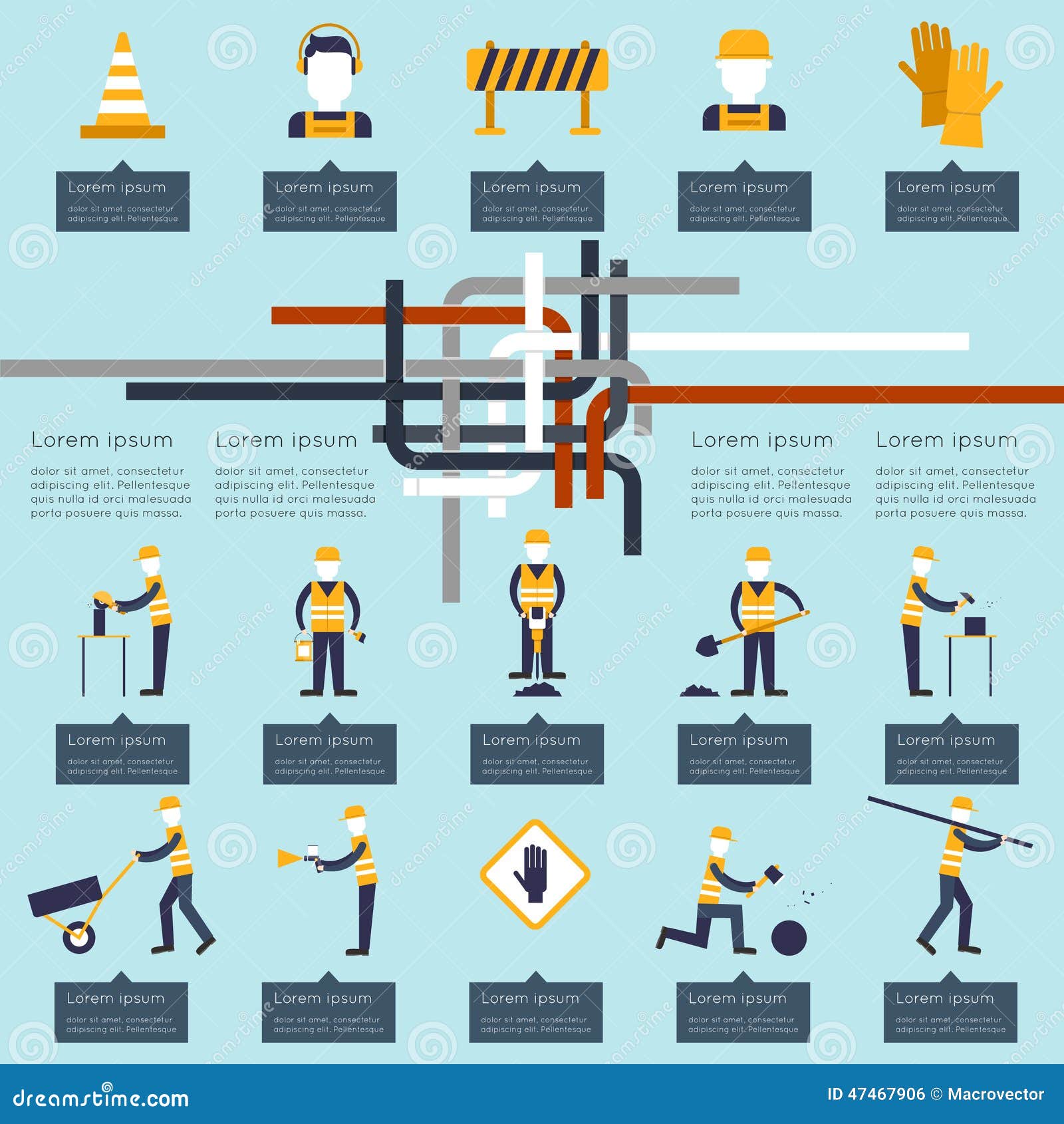Trick Seasonal Considerations For Commercial Exterior Paint: What You Required To Be Informed Concerning
Trick Seasonal Considerations For Commercial Exterior Paint: What You Required To Be Informed Concerning
Blog Article
Web Content By-Ford Rodriquez
When you're intending a commercial exterior painting project, seasonal variables can make or damage your results. You'll wish to think about how temperature and humidity influence paint application and drying times. Choosing the best period can ensure your paint adheres correctly and lasts much longer. Yet which periods are really the most effective for this type of work? Let's explore the key elements that can affect your task's success.
The Impact of Temperature Level on Paint Application
When you're preparing a commercial external paint project, the temperature level can considerably affect how well the paint adheres and dries.
Ideally, you wish to paint when temperature levels range between 50 ° F and 85 ° F. If it's too cold, the paint may not cure effectively, resulting in problems like peeling off or cracking.
On painting companies mn , if it's also hot, the paint can dry as well promptly, protecting against proper attachment and resulting in an uneven surface.
You must additionally consider the time of day; morning or late afternoon supplies cooler temperature levels, which can be much more desirable.
Constantly examine the manufacturer's recommendations for the specific paint you're using, as they often supply advice on the suitable temperature level array for optimal results.
Moisture and Its Result on Drying Times
Temperature isn't the only ecological variable that affects your business outside paint task; moisture plays a substantial function as well. High moisture degrees can slow down drying times significantly, influencing the overall quality of your paint task.
When the air is saturated with dampness, the paint takes longer to heal, which can cause concerns like inadequate adhesion and a higher threat of mildew growth. If you're painting on an especially humid day, be gotten ready for extensive wait times between layers.
It's important to keep an eye on regional weather conditions and strategy as necessary. Ideally, go for humidity levels in between 40% and 70% for ideal drying out.
Maintaining these factors in mind guarantees your task remains on track and delivers a long-term coating.
Best Seasons for Commercial Outside Painting Projects
What's the very best time of year for your industrial outside paint jobs?
Suggested Looking at and very early fall are normally your best options. During these periods, temperature levels are moderate, and humidity levels are typically lower, creating suitable problems for paint application and drying.
Stay clear of summer season's intense heat, which can cause paint to completely dry also promptly, causing inadequate bond and surface. In a similar way, wintertime's cool temperatures can prevent appropriate drying and curing, running the risk of the long life of your paint work.
Aim for days with temperatures between 50 ° F and 85 ° F for optimum results. Remember to inspect the regional weather report for rain, as damp conditions can wreck your project.
Preparation around these elements guarantees your paint job runs efficiently and lasts longer.
Verdict
Finally, planning your business outside painting jobs around seasonal considerations can make a substantial distinction in the end result. By scheduling work throughout the optimal temperatures and humidity degrees, you'll ensure much better bond and drying out times. Remember to keep an eye on local weather prediction and choose the right time of year-- spring and early loss are your best bets. Taking these actions will certainly help you attain a long lasting and expert finish that lasts.
